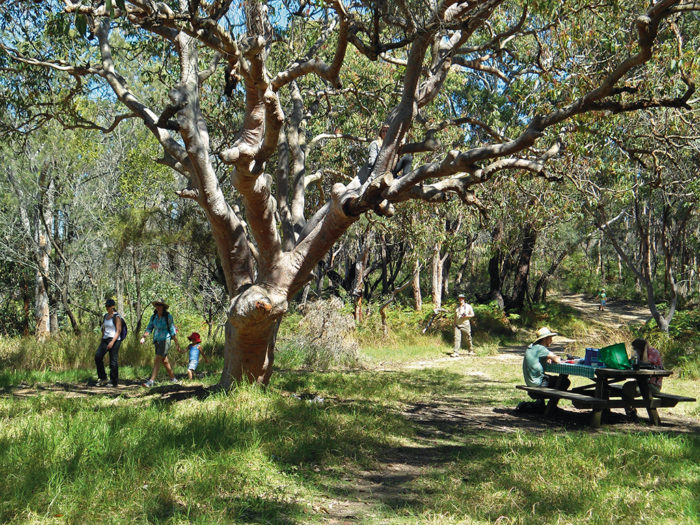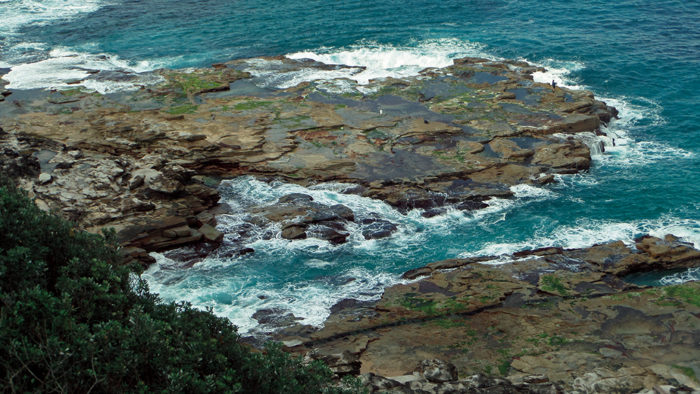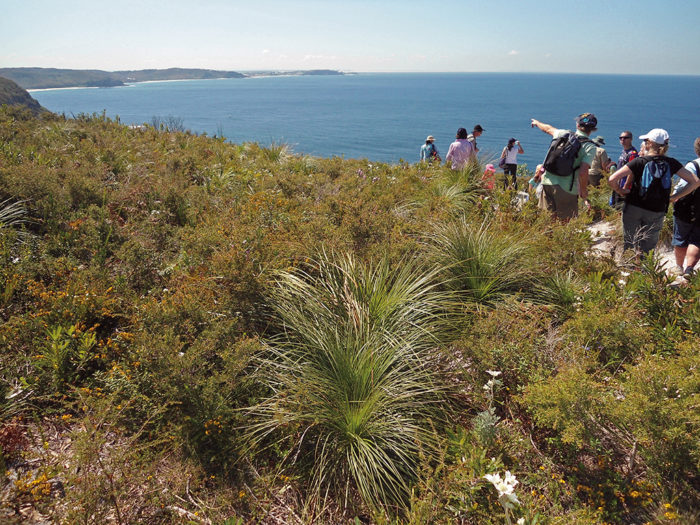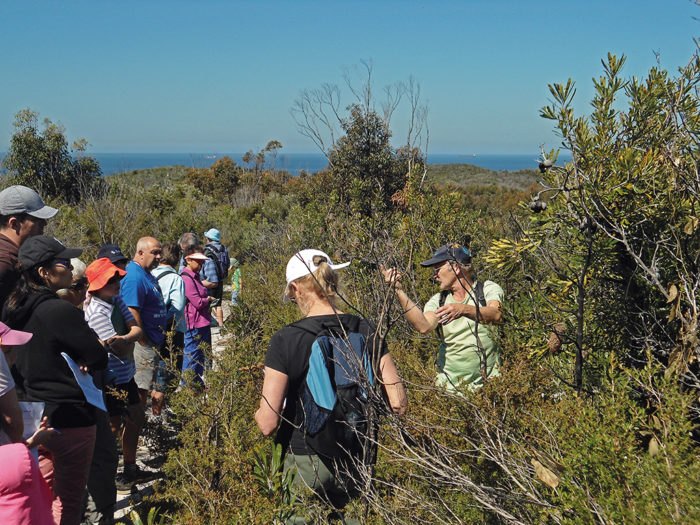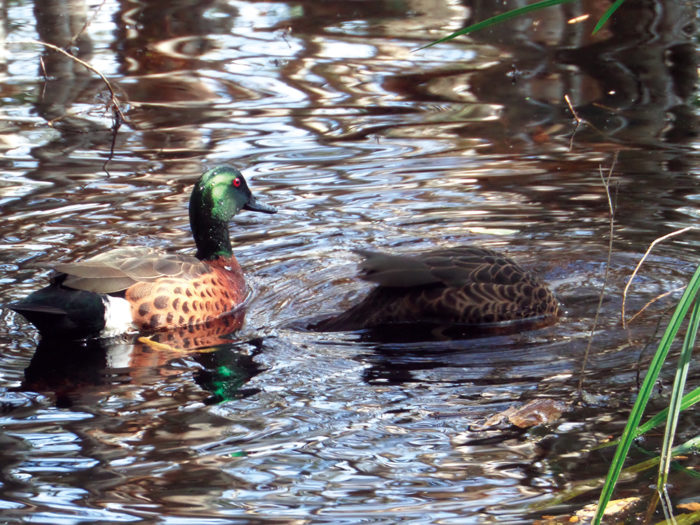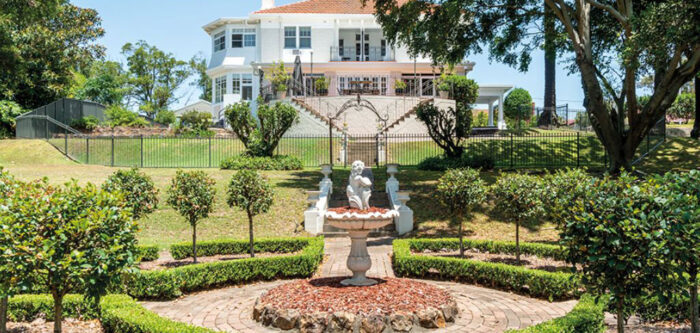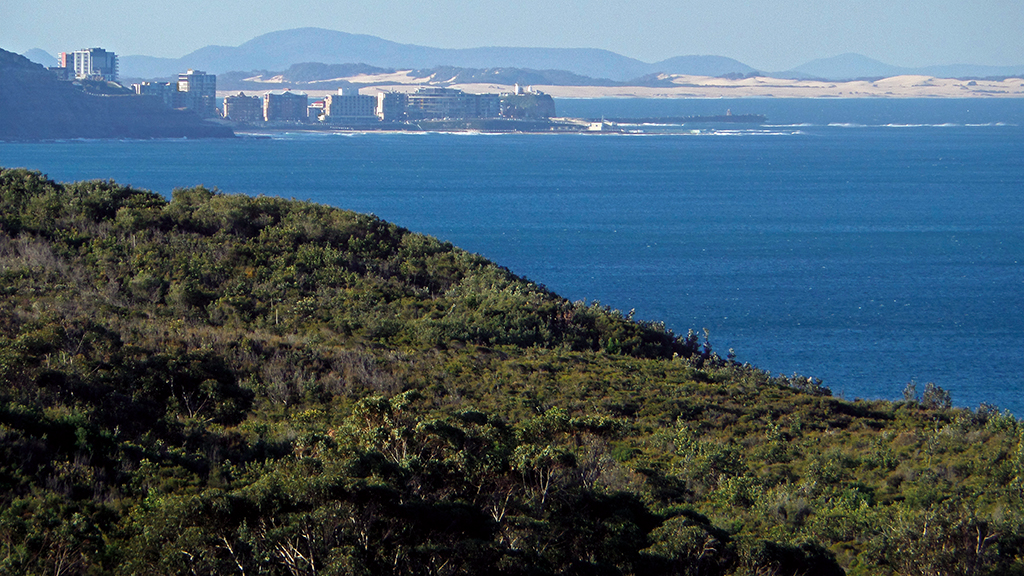
Awabakal Nature Reserve
Take a leisurely stroll or a more strenuous walk: there is plenty to enjoy around Redhead Lagoon.
The Awabakal Nature Reserve occupies approximately 228 hectares of coastal land between Dudley and Redhead and inland to Redhead Road. Low relief sand dune systems, more than 10,000 years old, lie between the elevated northern section and the southern section dominated by Redhead Trig. The coastal frontage of the reserve is a series of cliffs up to 90 metres above sea level and narrow rock platforms separating longer beaches just north of Dudley and at Redhead.
A very pleasant starting point for a short walk is the Awabakal Environmental Studies Centre in Boundary Street, Dudley, just beyond the school. There are shady picnic tables here and a very short loop walk across two bridges over Freshwater Creek.
If you are interested in local history, pay a visit to the nearby sports fields. It’s where the Dudley Colliery, initially under the name of South Burwood, was established in 1888. A 1988 Australian bi-centenary plaque near the clubhouse relates some of the history.
In 1889 four workers called sinkers, were killed in an overwinding accident. Half way up the deep shaft, the cage was stopped to allow the men to complete a work task. When the cable was restarted the above ground operator momentarily forgot that the cage was only coming from half way and the cage was wound up at speed into the head frame, killing the four miners.
Better safety procedures followed this tragedy. Less than ten years later, on 21 March 1898, another tragedy occurred with fifteen miners perishing in a methane and coal dust ignited explosion. Details can be found on a second plaque in a grove of trees towards Ocean Street. Between 200 and 400 miners were working at Dudley Colliery at various times. The mine closed in 1939, its headframe stood over the site until 1956.
Views and wildflowers
A walking track further into the reserve can be found at the end of Boundary Street. Follow the fence at the football club grass parking area for a short distance to the grassy mown track that skirts the old mine chitter dump hill. This short track leads to a small, circular lagoon located in a scenic valley which is aglow with wattles in late winter. The track beyond heads out over the sandy ridge and a right turn takes the walker down to the surprisingly vast waters of Redhead Lagoon.
You will skirt the shallow edges with side-tracks heading to some fine photography vantage points. Reflections of the paperbark trees in the clear sepia waters are particularly impressive. Further on, you will arrive at a junction where the right-hand track climbs to a scenic picnic table under the spreading branches of a majestic Angophora tree. The lagoon track continues around the water’s edge to eventually arrive at a Landcare site off Ivy Street. The main entry into the reserve is reached by a short, rough unsealed road section at the end of Ocean Street. From a large carpark, a track leads to the picnic table under the Angophora tree and down to the lagoon. This is a classic springtime wildflower walk across the sandy old dune system.
Another track heads out to the bluff with wonderful uninterrupted views back over Newcastle and up the coast to the peaks of Port Stephens. There is also a path through an avenue of wattles and coastal heath that will take you across some damp patches which can be very wet after a few rainy days. This area used to be the Racecourse Lagoon, but due to mining activity it is mostly dry now. However, the whole valley was flooded during the 2007 Pasha Bulker storm.
Keep going and you will reach a sandy knoll with 360 degree views over the reserve and beyond. Along Ocean Street there are a number of excellent fenced lookouts and the one at the end of the street provides a very scenic view along the coastal expanse of Nine Mile Beach from Redhead to Blacksmiths. At the right time of year, bring your binoculars as these lookouts are also popular whale watching vantage points.
Gregory Powell is the author of books on bushwalking and bushrangers. His latest books are Bushranger Tracks, published by New Holland in 2016 and Bushranger Tracks – Beyond the Legends, published in 2019.
Story and photography by Gregory Powell
Read more in the Winter issue of Hunter&Coastal Lifestyle Magazine or subscribe here.

